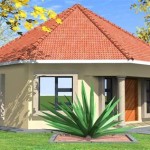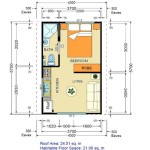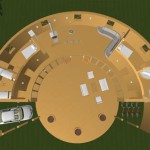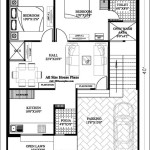Essential Considerations for Super Insulated Small House Plans
In the realm of sustainable and efficient living, super insulated small house plans have emerged as a popular choice. These dwellings prioritize energy efficiency, utilizing a combination of advanced insulation techniques and compact designs to minimize heat loss and energy consumption. Here are the essential aspects to consider when designing and building a super insulated small house:
1. Insulation: The Key to Energy Savings
Super insulation is the cornerstone of these homes. Walls, ceilings, and floors are meticulously insulated using materials such as spray foam, cellulose, or mineral wool. These materials provide exceptional thermal resistance, significantly reducing heat transfer and keeping the interior warm during the winter and cool during the summer.
2. Airtightness: Sealing Out Leaks
Equally crucial is maintaining airtightness. Gaps and cracks around doors, windows, and other openings can allow cold air to seep in and warm air to escape. Careful attention must be paid to sealing these areas using weatherstripping, caulk, and other air-barrier materials.
3. Thermal Bridging: Breaking the Heat Path
Thermal bridging occurs when conductive materials, such as metal studs or concrete, create a path for heat to flow from the interior to the exterior. To prevent this, thermal breaks are installed at these junctions, effectively isolating the warm and cold zones.
4. High-Performance Windows: Letting in Light, Keeping Out Heat
Windows are a vital source of natural light but can also be a significant source of heat loss. Super insulated small house plans incorporate high-performance windows with multiple panes, low-emissivity coatings, and argon gas fills to minimize heat transfer.
5. Compact Design: Reducing Volume to Save Energy
Smaller homes require less energy to heat and cool. Super insulated small house plans typically have a compact footprint, maximizing energy efficiency while minimizing construction costs and land use.
6. Ventilation: Ensuring Fresh Air
Adequate ventilation is essential for maintaining a healthy indoor environment. Super insulated homes may require mechanical ventilation systems, such as heat recovery ventilators (HRVs) or energy recovery ventilators (ERVs), to circulate fresh air while minimizing heat loss.
7. Renewable Energy: Self-Sufficient Living
To further enhance sustainability, many super insulated small house plans incorporate renewable energy systems such as solar panels or geothermal heating and cooling. These systems can significantly reduce or eliminate reliance on fossil fuels.
Conclusion
Super insulated small house plans offer a compelling solution for energy-efficient and sustainable living. By judiciously combining advanced insulation techniques, airtight construction, thermal bridging mitigation, high-performance windows, compact design, and renewable energy systems, these homes minimize energy consumption while providing a comfortable and healthy living environment. By embracing these essential considerations, you can create a super insulated small house that meets your energy, financial, and environmental goals.

Plan Search Natural Element Homes Tiny House Floor Plans Small

Concrete House Plans That Provide Great Value And Protection

3 Rooms Lebanon Prefab Insulated Container Pre Made Super House China Coffee Office Casa Lego In Com

Pin On Plans

Superinsulation Wikipedia

900 Tiny Home Living Ideas In 2024 House Design

Tiny House Kits 10 Homes You Can Build In Just A Couple Of Days

86 Best Tiny Houses Design Ideas For Small Homes

Concrete House Plans That Provide Great Value And Protection

Passive Solar House Design Homes Kept Warm By The Sun Ecohome








